Indigenous cow breeds are gradually losing space to high-yielding varieties in Madhya Pradesh
Due to their low milk yield, cattle rearers in Madhya Pradesh are preferring high milk producing cows from other states. As a result, the number of indigenous cows are on a decline. If present trends continue, Madhya Pradesh will lose the local breeds that can survive on less fodder and are helpful in transportation.


In comparison to the indigenous varieties of cows in Madhya Pradesh, Haryana’s Sahiwal cow produces 2,325 litres of milk per lactation cycle which is almost twice.
Indigenous breeds of animals are vital to a region’s identity. But it is worrying when there’s an influx of exotic varieties leading to a gradual disappearance of the indigenous breeds. When it comes to cattle, Madhya Pradesh is facing a similar crisis.
Cows from Punjab and Haryana are popular due to their high milk yielding ability but the indigenous breeds in Madhya Pradesh are losing out to competition.
There are mainly four indigenous breeds of cows found in Madhya Pradesh — Kenkatha, Malvi, Nimari, and Gwalo. Apart from these four breeds, another indigenous breed called Bawri has recently been identified in the state.
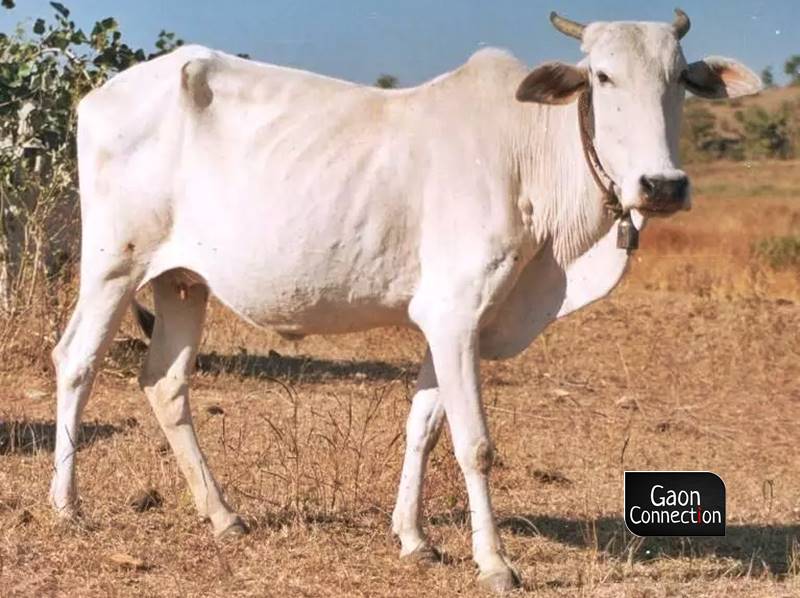
The Kenkatha cow is found in the state’s Bundelkhand region, Malvi is found in Malwa, Nimari is from the Nimar region and Gwalo is found primarily in the state’s central region called Mahakoshal.
The cattle rearers are more inclined to prefer breeds like Sahiwal from Haryana, Gir from Gujarat, and Tharparkar from Rajasthan which yield almost twice as much milk as the indigenous breeds but are costlier to maintain as well.
Mechanisation, low milk prices major challenges
Apart from the low milk-yielding capacity of the local breeds, the advent of mechanisation has further resulted in the neglect of the male calves.
The dairy farmers also prefer not to have the indigenous breeds as the milk prices keep fluctuating and they have little room to sustain losses due to lower yields.
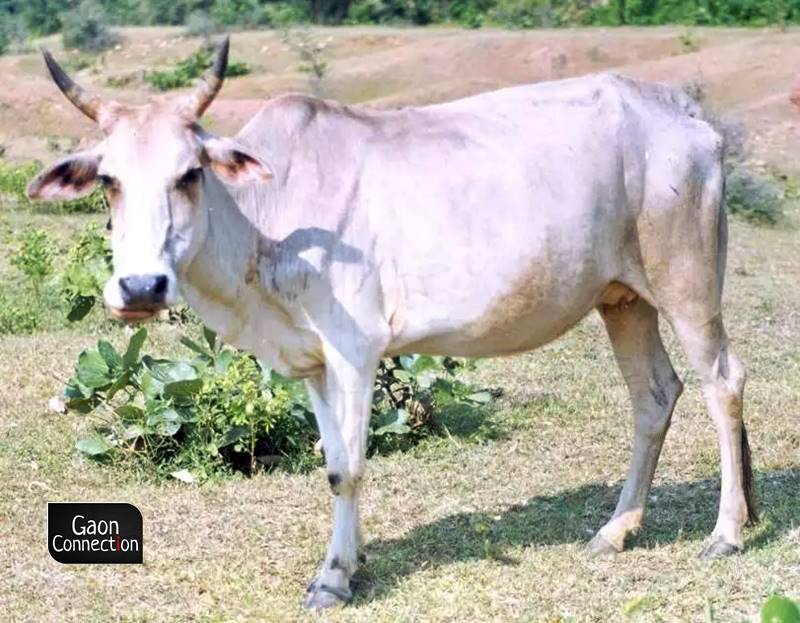
Also, the unstable dairy market makes it difficult for small cattle rearers to compete as a result of which only bigger farmers with higher capital maintain livestock for commercial purposes. These farmers, concerned with profits, only prefer high-milk yielding breeds such as Haryana’s Sahiwal, Rajasthan’s Tharparkar and Gujarat’s Gir.
With such conditions prevailing, it is becoming difficult for the indigenous breeds of cows to be conserved. But despite their lack of economic viability, the indigenous cows have advantages like low maintenance cost and are available at cheaper prices.
Indigenous cows in Madhya Pradesh
Kenkatha
Also known as Kenwaria, the cow variety is found in Madhya Pradesh as well as in the bordering districts of Uttar Pradesh. It is found in Tikamgarh and Chhatarpur in Madhya Pradesh and in districts like Lalitpur, Hamirpur, Banda in Uttar Pradesh. The Kenkatha cattle is mostly reared for transportation purposes and is used in carts. During the lactation period, the Kenkatha cow produces 500 litres to 600 litres of milk. They are popular for their ability to survive on scarce fodder.
Malvi
As the name suggests, the cow is found in the Malwa region in the western parts of Madhya Pradesh. It is mostly found in Rajgarh, Shajapur, Ratlam and Ujjain. It produces 900 to 1,200 litres of milk during the lactation period.
Also Read: Amul hikes the price of its milk by Rs 2 per litre — will the dairy farmers benefit?
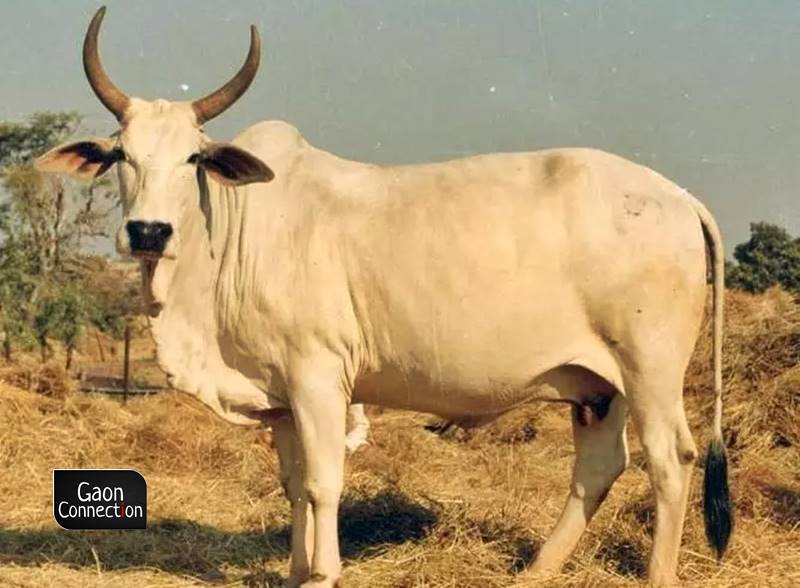
Nimari
The cow is found in the Nimar region of Madhya Pradesh which covers districts like Barwani, Burhanpur, Khandwa, Khargone, Dhar, Dewas and Harda. It produces 600 litres – 950 litres of milk in a single lactation cycle.
Gwalo
The Gwalo breed of cow is mostly found in the hilly districts of the state such as Balaghat, Chhindwara, and Seoni. It is also found in Chhattisgarh’s Durg and Maharashtra’s Wardha and Nagpur districts. The breed is mostly used for transportation on the hilly terrain and is known for its agility.
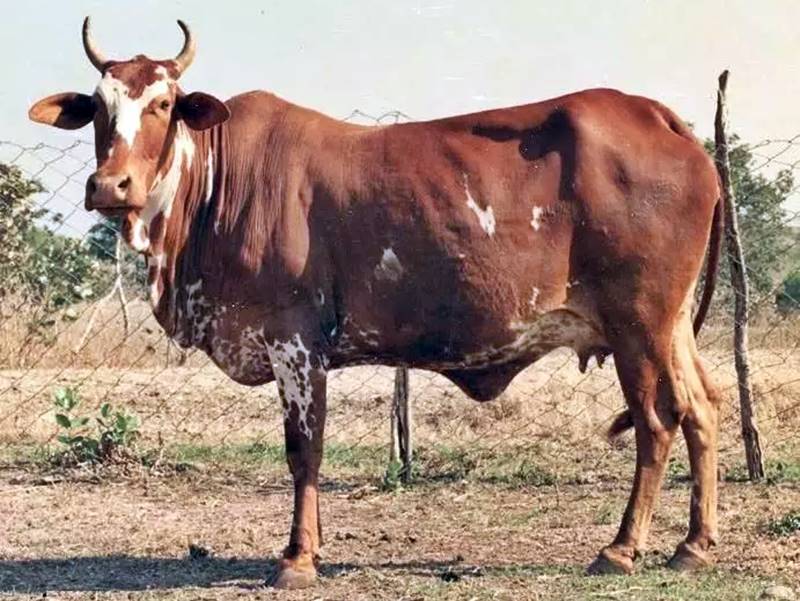
Bawri
The Bawri breed of cow is endemic to areas along the Chambal valley such as Morena and Sheopur. It has recently been considered to be a separate breed than the four other breeds but has been known to the local inhabitants as ‘Bawri’ for ages.
Bhadawari buffalo
Talking of buffaloes, Bhadawari is the only breed found indigenously in Madhya Pradesh. It is found in the Bhadawar region of the state along with considerable presence in the adjoining districts of Uttar Pradesh. It produces almost 1,200 litres of milk per lactation cycle. Its milk has a fat percentage of 8.5 per cent to 13 per cent. It can be used to produce ghee (clarified butter) in the remote areas where the price of milk is low.
Also Read: The disappearing buffaloes of Bhadawar
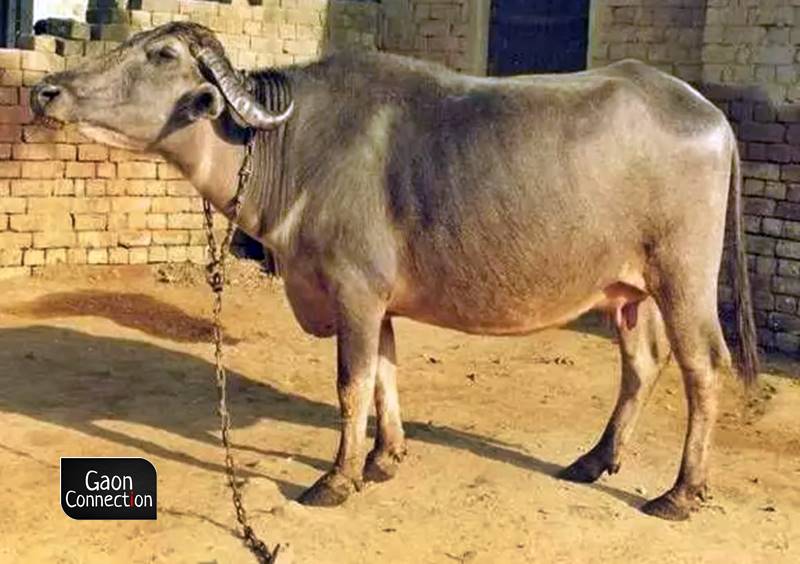
In comparison to the indigenous varieties of cows, Haryana’s Sahiwal cow produces 2,325 litres of milk per lactation cycle which is almost twice.
Satyendra Pal Singh is chief scientist at the Krishi Vigyan Kendra in Madhya Pradesh’s Shivpuri. Views are personal.

